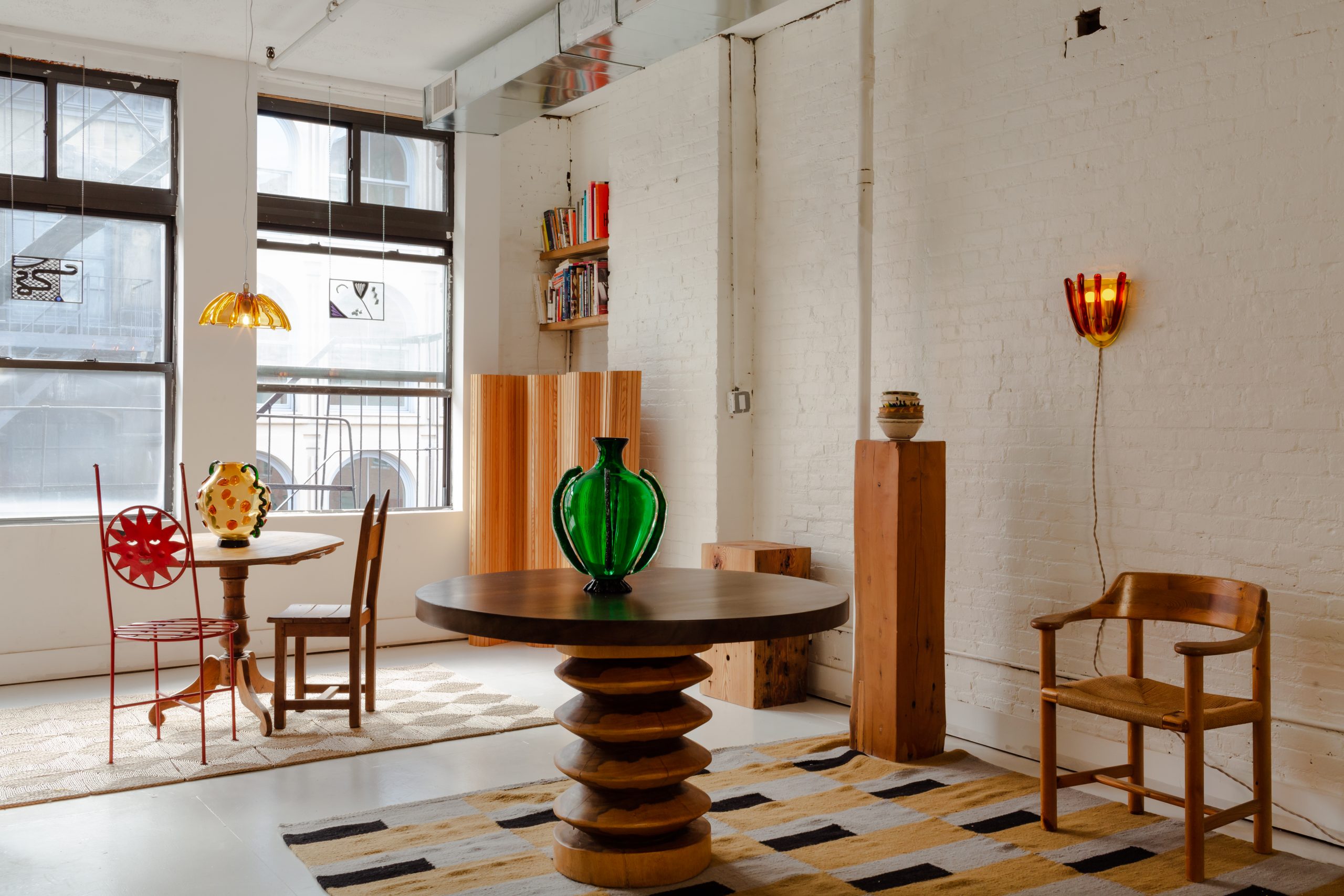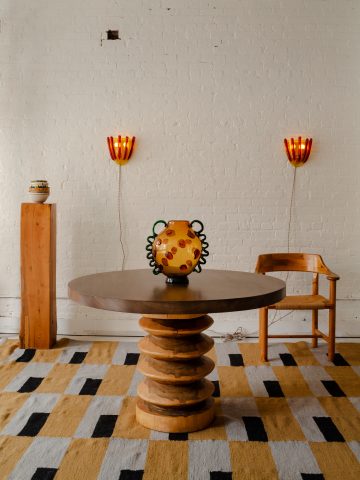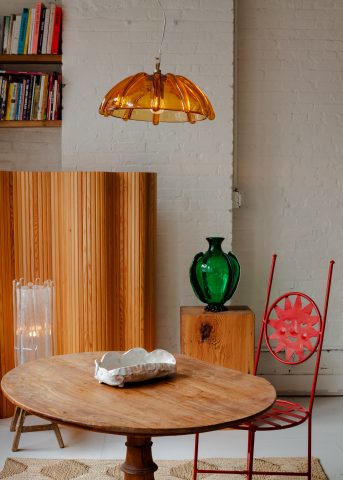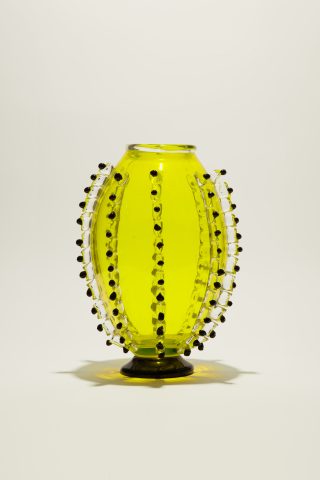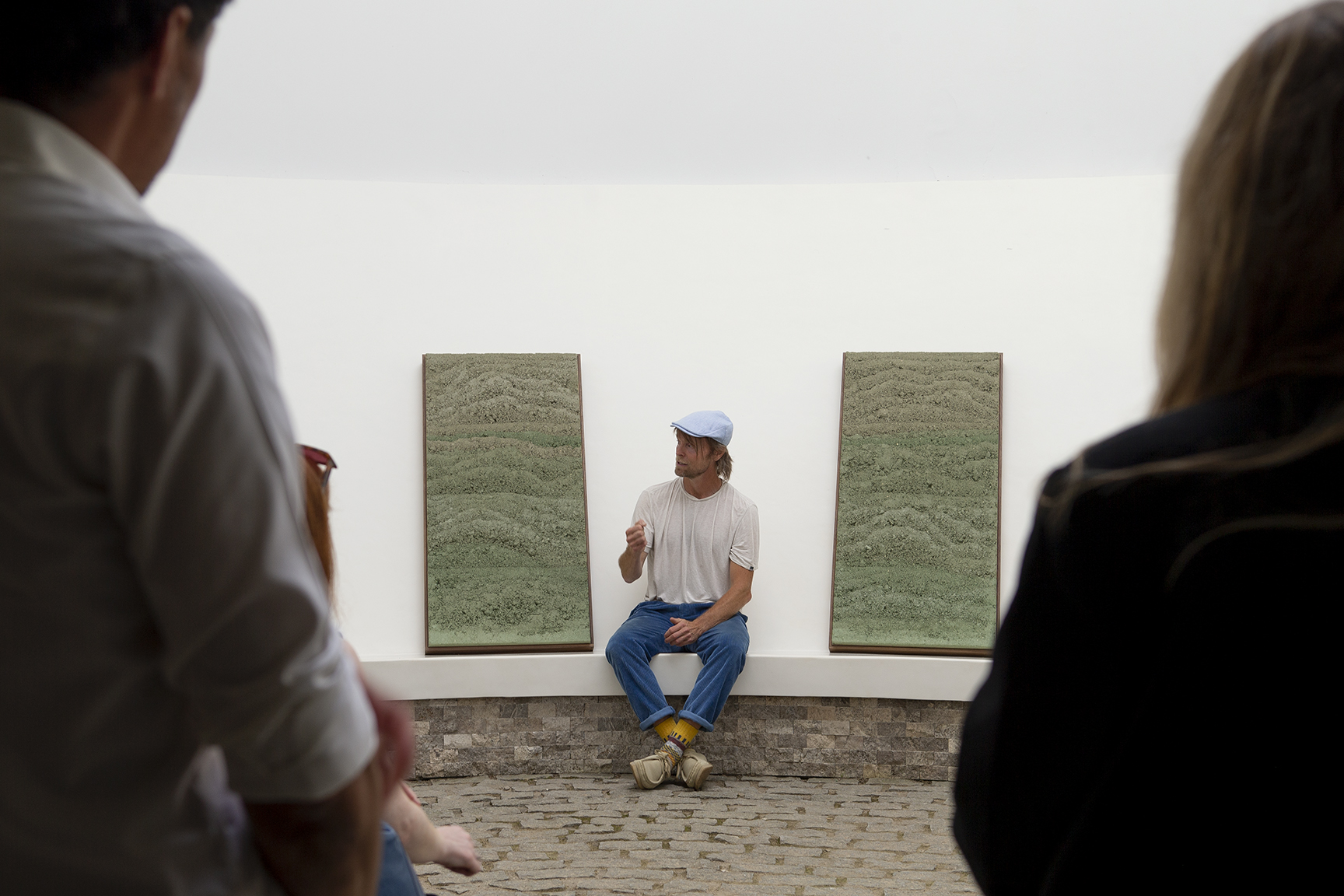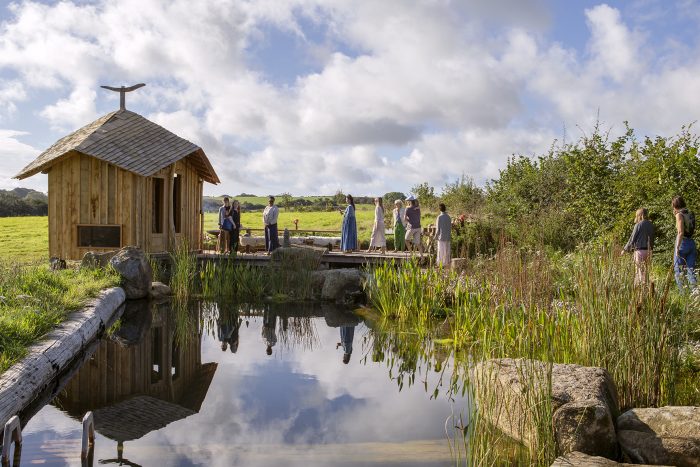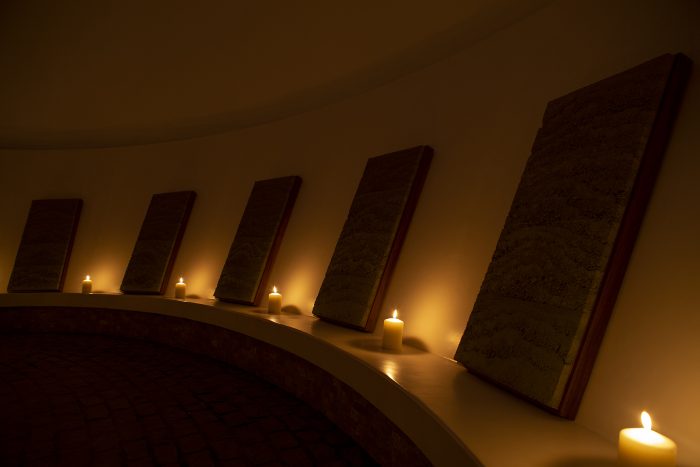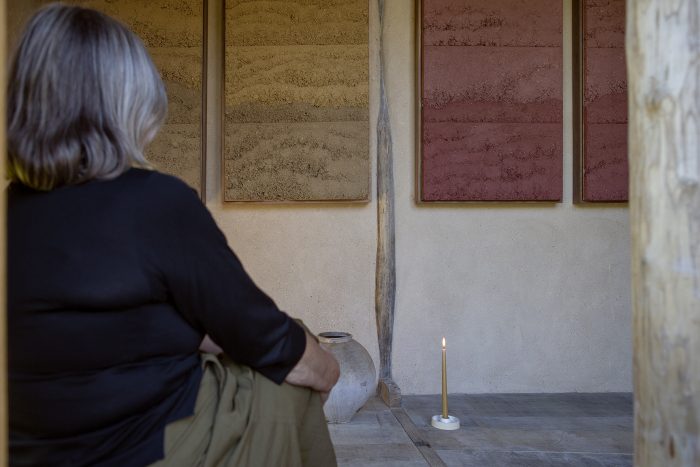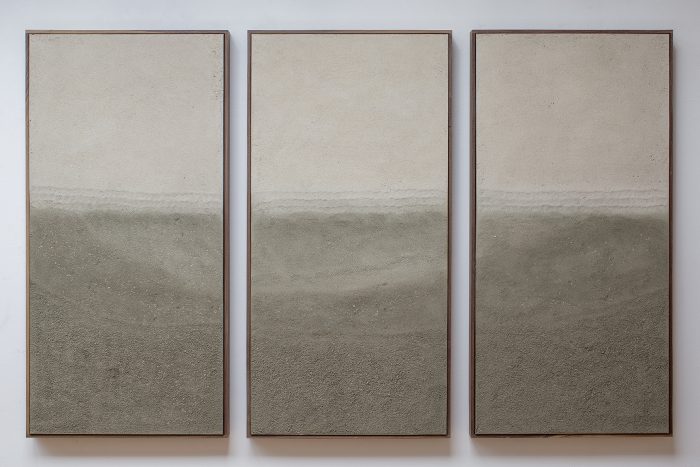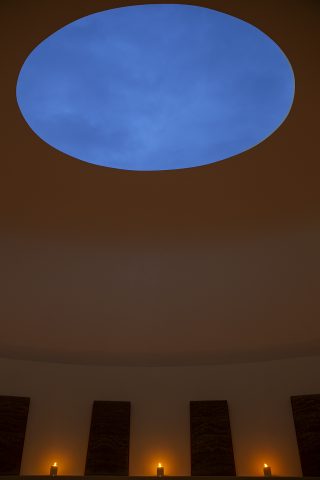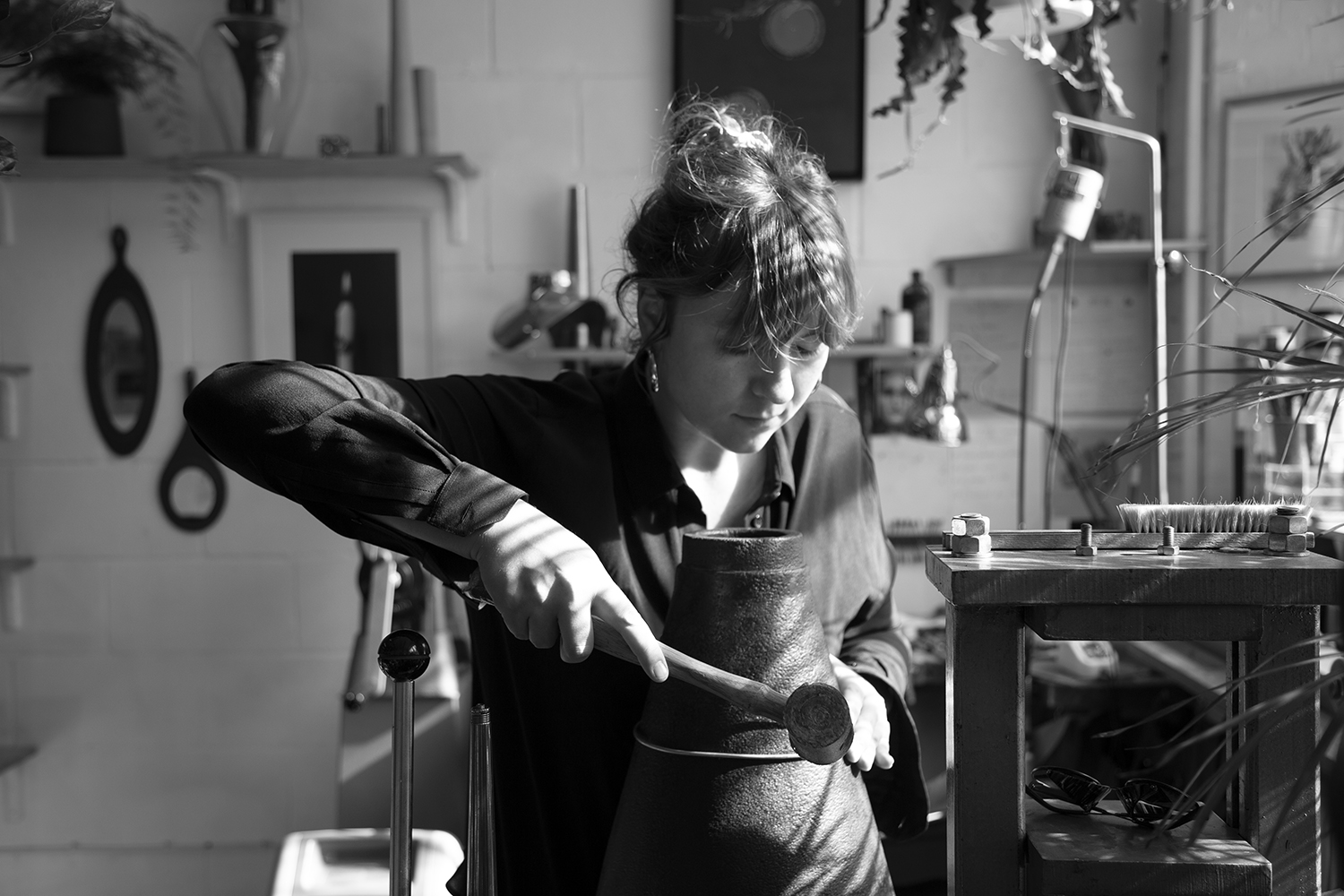
Please tell us about your journey into the world of art, design and craft, and the unique perspective you bring to it.
On paper, the formal side of it, I have done a BA in Jewellery and Silversmithing, at the Glasgow School of Art, followed by a three-year informal apprenticeship with two goldsmiths, who encouraged me to go to the Royal College of Art, where I did my masters. Recently, I was awarded a scholarship from QEST to work as a scholar with the master Goldsmith Giovanni Corvajah.
I was born into a home that was also a studio. Both my parents are artists, which I think might also have something to do with my path. My father is a sculptor and my mother is a painter and printmaker. They have two friends who are goldsmiths, and from a young age I was enamoured with their studio and the fire and the shiny precious things they made.
Whilst I lived in Scotland I saw the Glasgow School of Art degree show and overall I was really impressed by the level of work – across the board – both for its socio-political aspect, community base, and the technical skill. The jewellery and metal show was outstanding and it was at that moment I felt so excited about all the possibilities that this specialism could offer. It’s taken me years of training, formally and informally – breakdowns, rebuilds, late nights, excruciating moments of existentialism, and now I have a confidence in my work and practice that is mine and that I believe in. If you believe in it, there is someone else that will.
I see my art, and the craft involved in its making, as one connected thing. Craftsmanship to me is so, so, important. It is a marriage of ideas and material, concept and skill. As we grow up, society tells us we have to forget how to play and be curious. I have held onto my inner child this whole time, always asking her what she thinks about something or if a work brings joy, emotion and beauty.
What do you enjoy about the materials you work with?
I love noble metals, particularly gold and the 18ct (750) alloy ‘Legal Pinton’, a mix which I was taught by the master Giovanni Corvaja. Fine silver is also so beautiful and luminescent. Bronze is not considered a noble metal – but I love it – it is mostly made of copper, which in Japan is considered noble. I use it for the surface patinations you can create. One of my favourites is a dark burgundy red/ brown patina which is achieved by boiling the bronze for hours in a special solution – which I learned when I worked with a Japanese katana master in Japan – and my own exploration of combining techniques. All of these metals I work with fire – which is something I have been obsessed with since I was a child. It is a force to respect and has this alluring draw to it, something primal and elemental. I go into a sort of Zen-meditation and extreme concentration when I work with fire. Everything else around me disappears and the focus you need to do complex soldering means you have to be lucid and calm simultaneously. It’s sort of like a flow state I would say.
Metals are also metamorphic. They can be recycled, reused and have several states in which they can be worked. Most think of metal as hard – but actually when it’s annealed it is very malleable, and it is how you work it to make up its atomic infrastructure that gives it certain qualities.
What is it that fascinates you about all things Classical?
I came to my fascination with classical sculpture when my mum won a holiday on a scratch card to go to Paris, she took me to the Louvre museum. There I saw the Winged Victory of Samothrace – a winged ‘Nike’ – with head and arms missing. Even though this damaged body was missing vital limbs, she exuded so much power and movement. In Italy, there are loads of Roman copies of earlier Greek works, and the same in lots of museums in Europe. I found the repetition of copies and artists’ different interpretations of classical mythology very interesting
I have been musing for years about stereotypes and tropes of classical beauty. And rather than thinking of ‘classical’ as something old, or the ‘classics’ in Mythology and ancient Greece, what about how something becomes a ‘classic’ and why an idea, or a thing, an artwork per se, becomes this thing that is timeless in its beauty and that we trust in it.
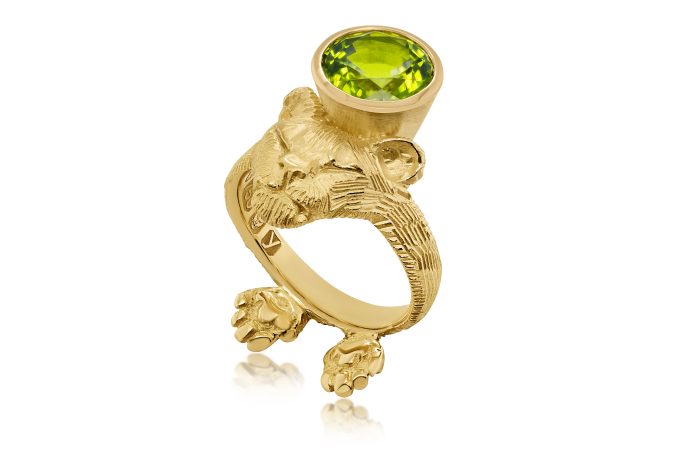
How do new ideas emerge for you and what is the process for developing them into finished pieces?
I have bodies of research, rather than collections – which are eternally evolving for me. Tears are a repeated theme in my work. I have spent 12 years researching them, both scientifically and for their significance culturally, and am still drawing them on paper, physically from my body and out of precious materials. Did you know that in the Amazon rainforest there is even a type of butterfly that drinks the tears of turtles?
Metamorphosis is another concept I am exploring in a number of ways – through Myth, in the power to transform ideas into material, and again in how objects in relation to our bodies allow us to transform ourselves. Going back to the classics, I had been literally deconstructing figurative sculptures, slicing them apart. I am now exploring the architectural classic of a column and all the loaded meanings it has within our society. Ionic columns were sturdy, detailed and ornate, serving both as a work of art and a supportive structure. The Latin architect Vitruvius suggests that Ionic design was brought about by elements of the female body. If we take the description of ionic columns being ‘a work of art, and a supportive structure’, does that sound familiar to the ideals which western society superimpose on women? Much of my work explores the ‘feminine’ and perceptions of beauty within western art. The column piece I have been working on for the last nine months also looks at ruin-lust, which I’ve been exploring since 2011 (but really, ever since I saw ruins in Italy as a child). Consider what the ruin stands for: The demise and destruction of past empires and the rise of new ones. The universal reality of collapse – a warning from the past; an ideal of beauty that is alluring exactly because of its flaws and imperfections and failures.
You have completed two residencies in Japan. Could you tell us about what you learned there and the impact it has had on your work?
The first time I went to Japan I was awarded a residency and worked at Hiko Mizuno, in Tokyo for three months. I worked with metal casting techniques and Damascus steel with a Katana specialist.
The second time was a research fellowship, awarded to me from the RCA, six years later. This time I was doing specific research on material perceptions between the east and west, in particular in relation to Urushi (Japanese lacquer). I was looking at the western story of medusa, and had made a series of works which were my contemporary embodiment of her, in the form of morphing combs made of bronze, a material synonymous with western sculpture. I went in search of Japanese narratives that had similarities with that of Medusa, or folklore that involved powerful women wronged, that had been vilified and involved a transformation or metamorphic element. In my research, I found the story of Yamanba – and how she was turned into silk and silver, and had been trapped in a box which became her coffin. From this I made a silver comb, wrapped in Japanese silk, in an urushi box (all of which I made). It is now in a private collection. The care, skill, time, intent – is all very powerful in Japan when it comes to master-craftsmanship, and is something I am grateful to have learned about and now use within my own practice. It has had a huge impact on my work.

Where do you hope to take your practice in the future and why?
I try to stay present in my work. `The future is unknown – so the best I can do is be present in my practice every day, imbuing it with narratives that I feel strongly should be venerated. To make something out of precious materials is to believe in it. To take time and care is a love letter to the skill, concept and the material. Craft to me is thinking through my hands.
I hope to continue to make works which are meaningful markers in people’s lives, both directly for those who wear and engage with them in this dance that is life and also for those seeing them from a distance, whether that’s in one of the museum collections, or online, on a friend, or a stranger. I hope that that starts conversations and ideas and dreams.
Follow Joy @joy_bc

